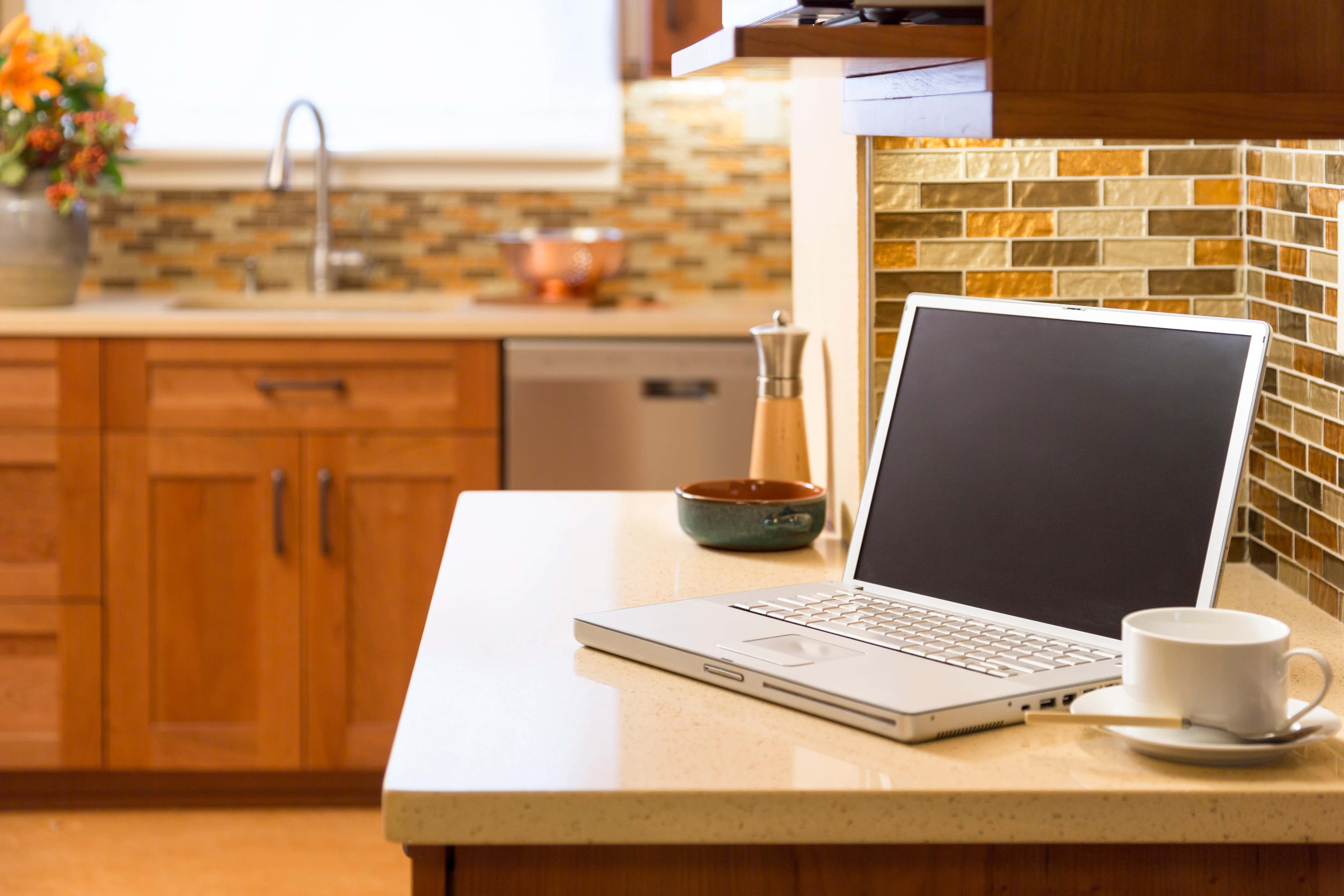The tricks you need to know to make your Wi-Fi better
Problems with your bandwidth?

Even before the era of home-working, millions of us were basically slaves to our Wi-Fisignal.
So many of our favourite pastimes, from browsing social media to gaming online and streaming movies, depend on steady and reliable signal around our homes. Yet, despite the years of Wi-Fi dominance, it can still feel a bit like 2005 if your Wi-Fi is finicky, prone to dropouts or loses connection.
If you want to make your home’s Wi-Fi network more reliable and boost its performance, there are a heap of steps you can take – and some of them are less technical than you might think.
Place your router carefully

If, like most of us, your Wi-Fi network is entirely reliant on the default router that your choice of ISP sent you, then router placement is a huge variable for your network’s reliability. Many of us don’t have a choice about where the router is situated broadly, with only one broadband cable point in our home, but even if that’s a fixed location, you can still be careful.
Avoid having your router in a cupboard, for one thing – any obstruction will reduce its signal strength. Having it elevated off the floor (on a shelf, for example) will also help to get its signal more even, and the more central it is in your home, the better the router will perform. If that requires some re-cabling, you’ll be making a smart investment.
Upgrade your router
You’ll notice that we mentioned default routers in that first point – there is a whole market out there full of fancier, more powerful routers that you could upgrade to, as a way of getting a stronger or wider signal for your home Wi-Fi.
Many of these will be able to literally replace your existing router one-for-one, although others might require you to put your ISP’s box in modem mode and pass through its signal with an ethernet cable – this is easier to do than it sounds, and each ISP will have instructions on the process online.
A great example of a router that could be way better than your default option is the TP-Link AX3000 – it’s £74.99 right now, and really adaptable.
Extend your network

If you find there are signal blackspots in your home, the best way to remedy this is with a signal extender – these simple devices plug into a power socket, connect to your Wi-Fi network and basically bounce it back out again, helping it to cover more ground.
Most of the cheapest extenders will end up making that secondary extended network a good chunk slower than your main router’s speeds, though, so another option is to set up a full mesh network with satellite points. This is like your normal Wi-Fi network, but it works like a net throughout your home, with those extenders giving typically faster speeds overall.
Mesh networks can be pricey, but they can also be game-changers for Wi-Fi stability, and the Google Wifi Pro system is one of the easiest to set up and run (although it costs an off-putting £379.99).
Watch your usage
This might seem obvious, but if you don’t want to spend money on fixing your Wi-Fi speeds, you could – instead – get a little more careful with your usage, to see if that’s a contributing factor. After all, if someone on your Wi-Fi is downloading a massive file or streaming Netflix in 4K, other people might well notice that their web usage is slower as a result.
Once you start to figure out that something is indeed causing a bottleneck, that might be your cue to either change how you do things, or to invest in a broadband package that offers higher speeds and more bandwidth.

Go wired where you can
Loads of us have our main Wi-Fi router right next to our TV, because of how British homes are built – the aerial cables are often in the same spot as the broadband ones, after all. If that’s true for you, don’t forget that you could run some short ethernet cables between that router and things like your TV and gaming consoles, if they have ethernet ports.
This will eliminate the risk of flaky signals on those devices and get you the most stable and speedy possible internet connection – in fact, it’s really huge for online gamers, where stability is so important. That it can reduce the strain on your Wi-Fi network is an added bonus.
Bookmark popover
Removed from bookmarks